
Telescope: Meade SN6 Comet Tracker at f/3.6, Orion Atlas EQ-G
Camera: Full Spectrum Modified Nikon D5300, Baader Mk III MPCC
Filter: Orion Imaging Skyglow Filter
Guide scope: Orion 50mm, ZWO ASI120MM mini
Exposure: 15x60sec, ISO 200, saved as RAW
Darks: Internal (Long Exposure Noise Reduction On)
Flats: 32×1/10sec, Tee shirt flats taken at dusk
Average Light Pollution: Red zone, Bortle 8, poor transparency, bright moonlight
Lensed Sky Quality Meter: 18.0 mag/arc-sec^2
Stacking: Mean with a 2-sigma clip.
White Balance: Nebulosity Automatic
Software: Backyard Nikon, Deep Sky Stacker, Nebulosity, Photoshop
M38 is the westernmost of three relatively bright open clusters in Auriga, the others being M36 and M37. M38 is the largest of the three and is a wonderful object in small telescopes. Just to the south is the smaller and fainter open cluster NGC 1907.
M38 is currently well placed high in the northeast during the early evening.
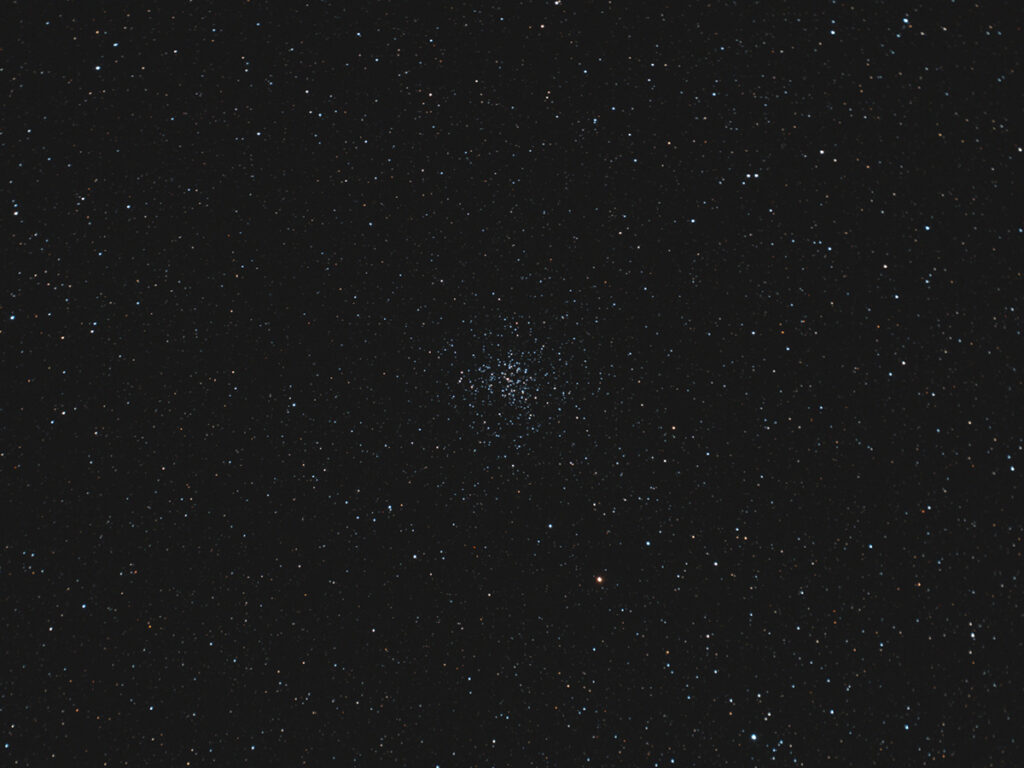

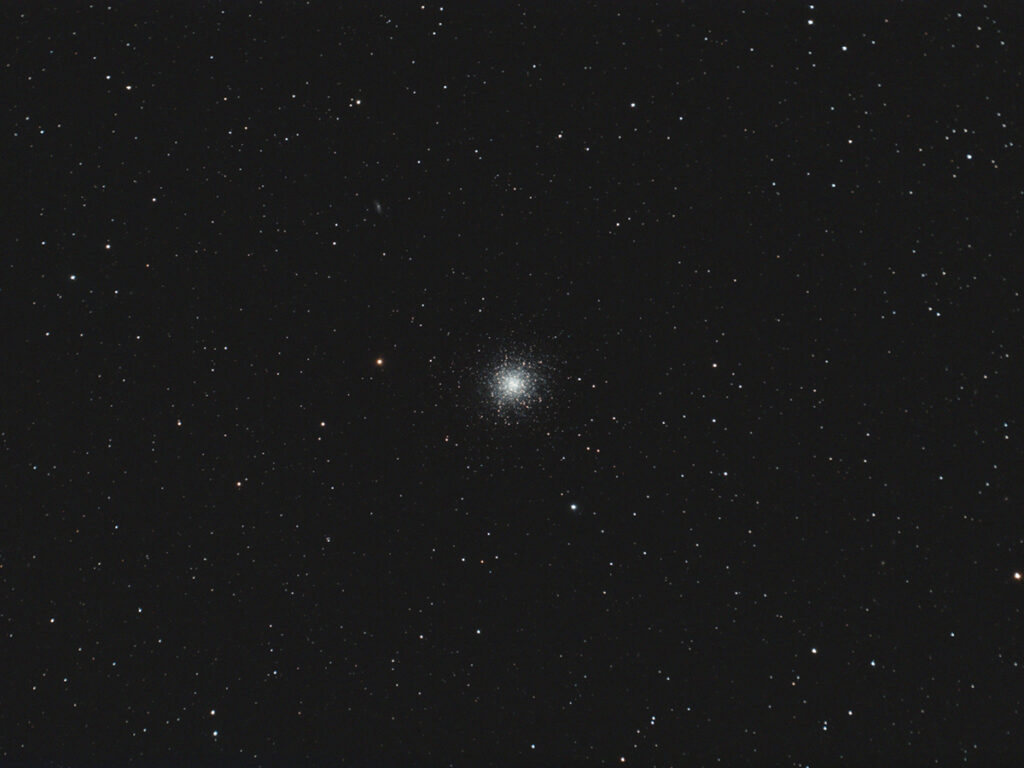
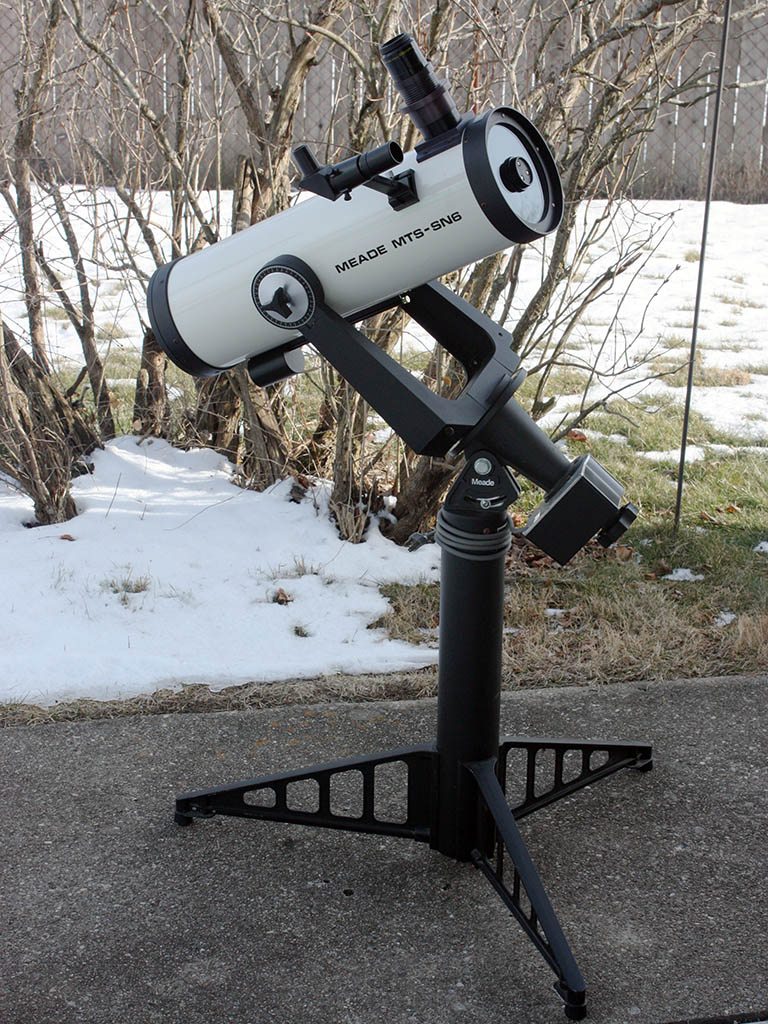
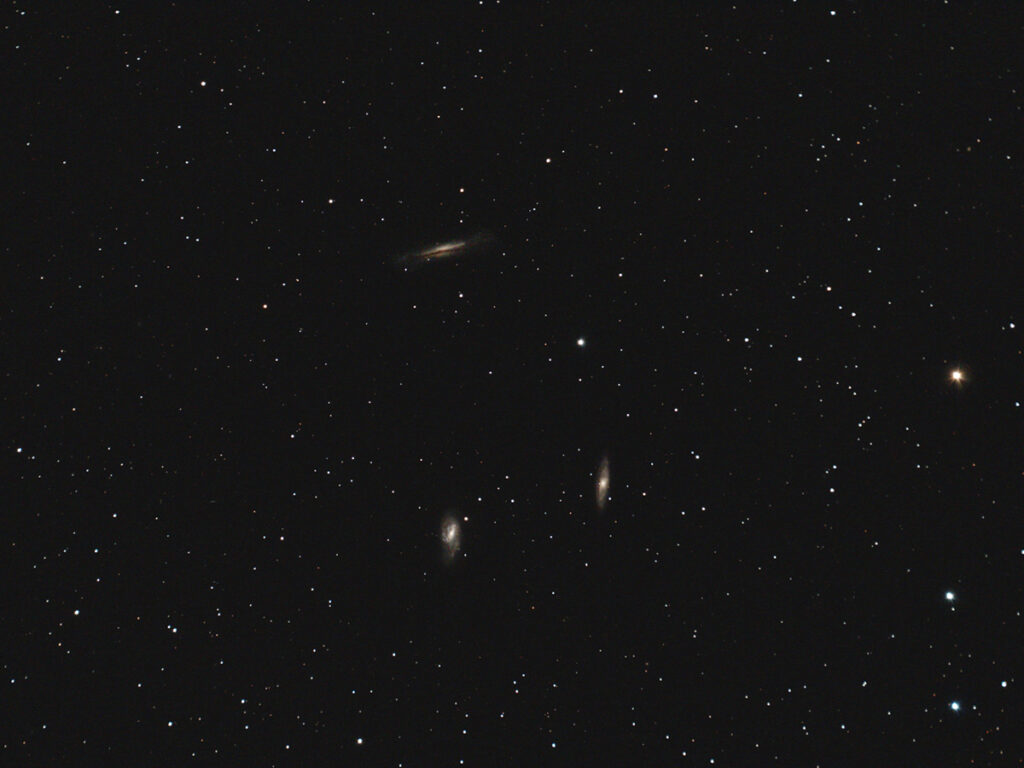
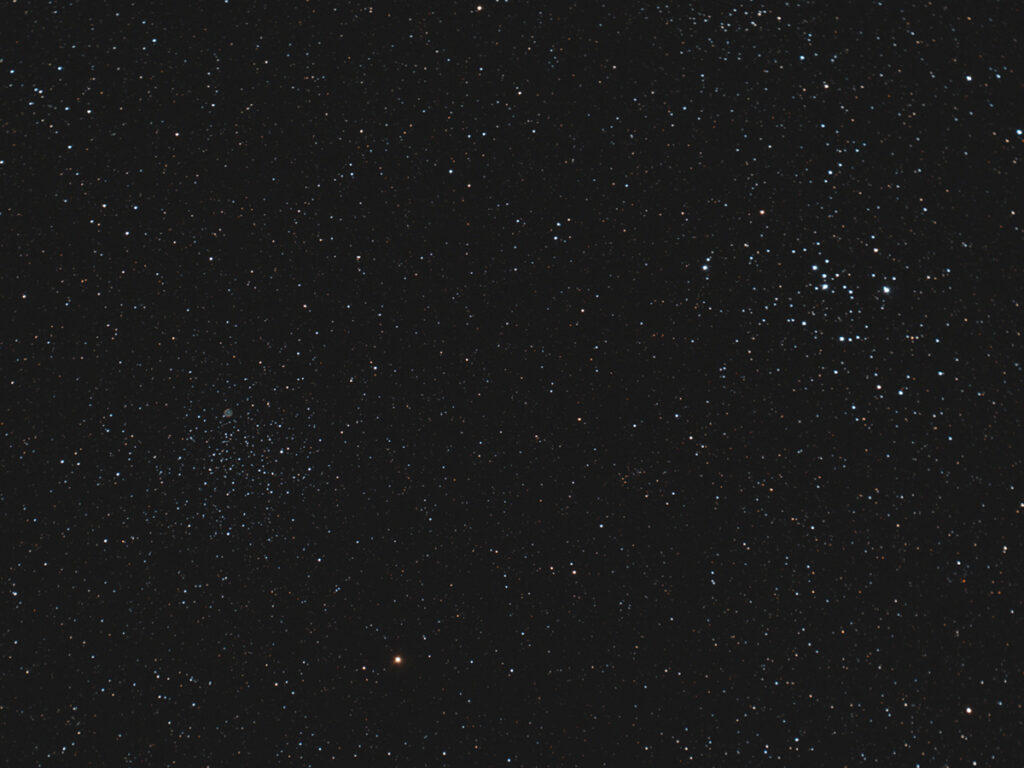
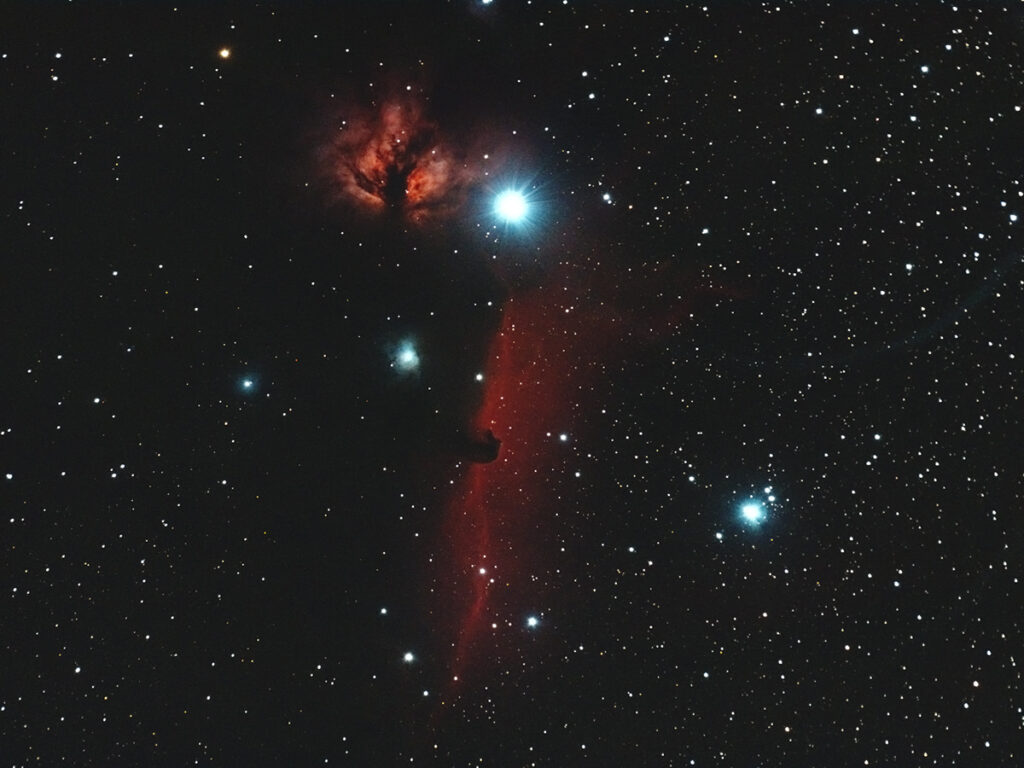
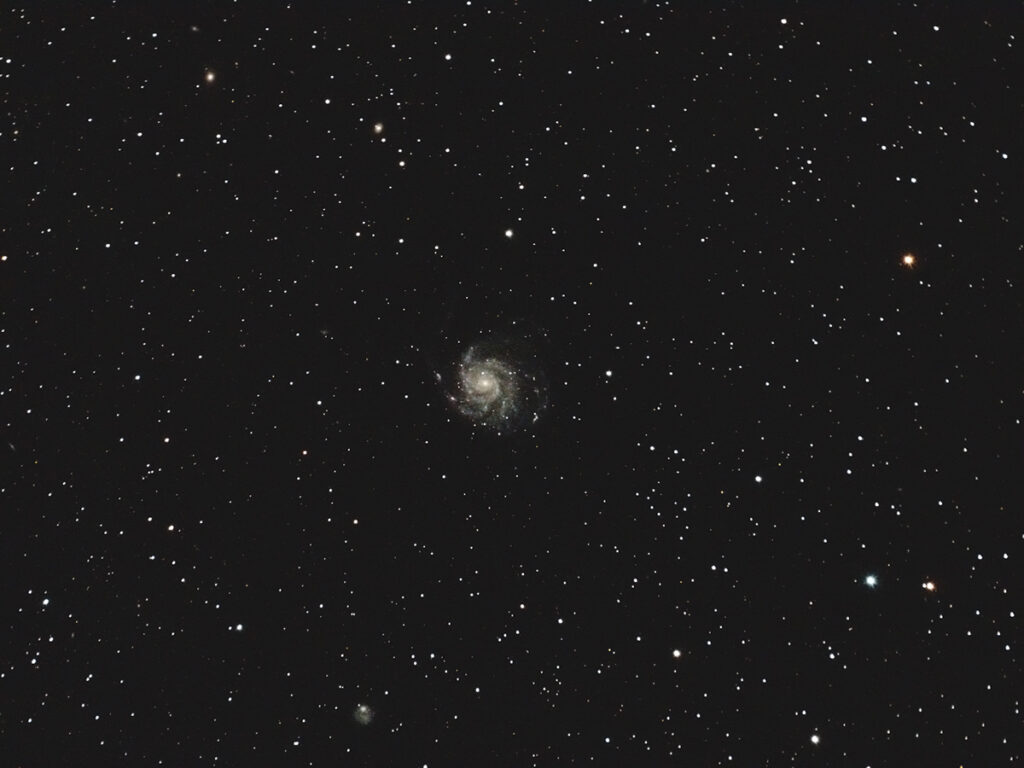

Recent Comments